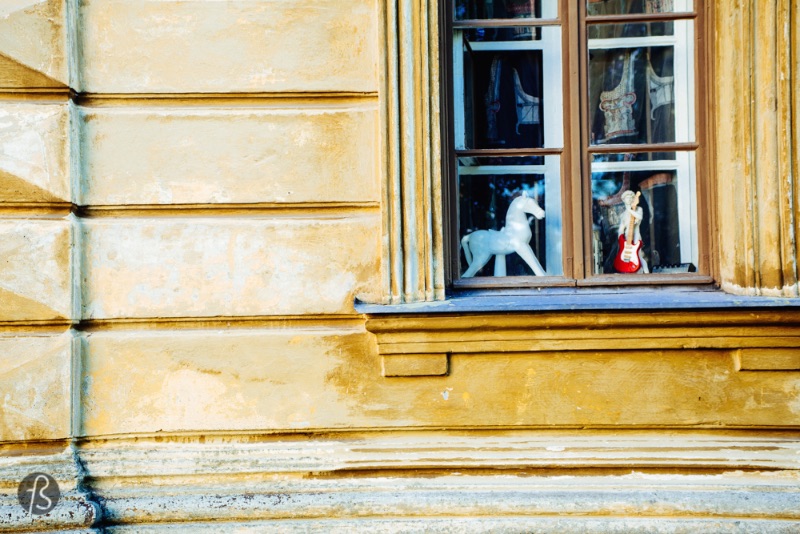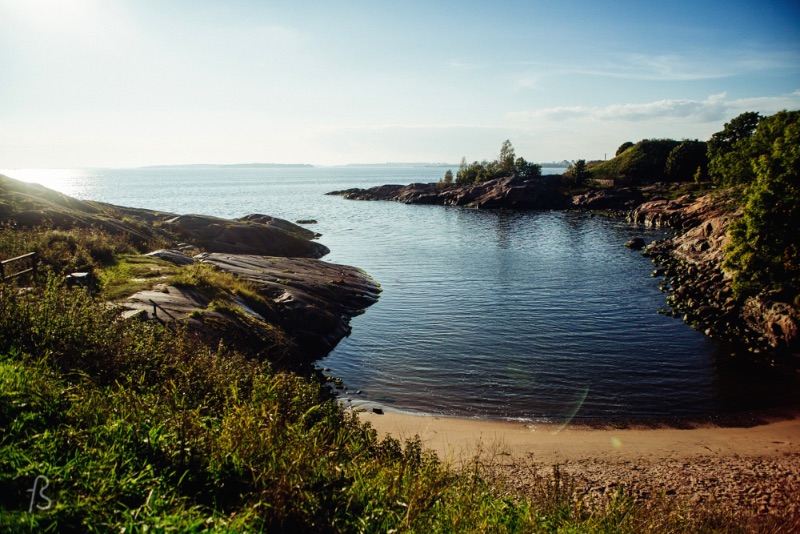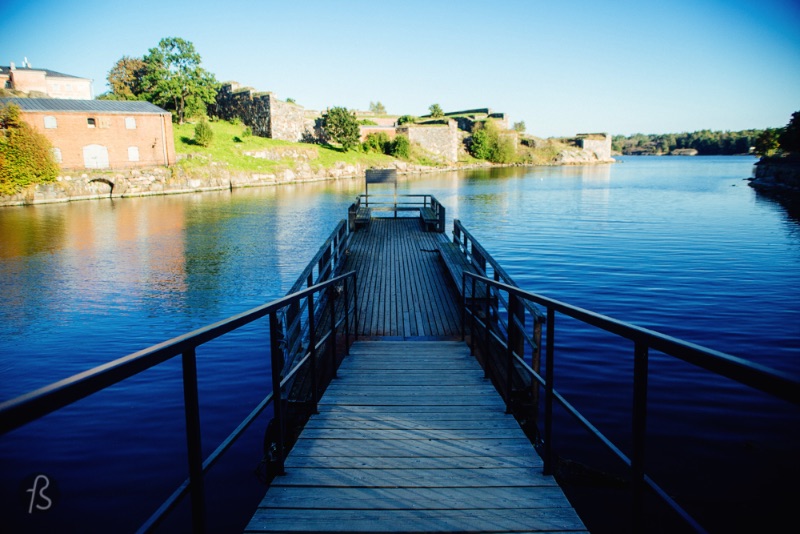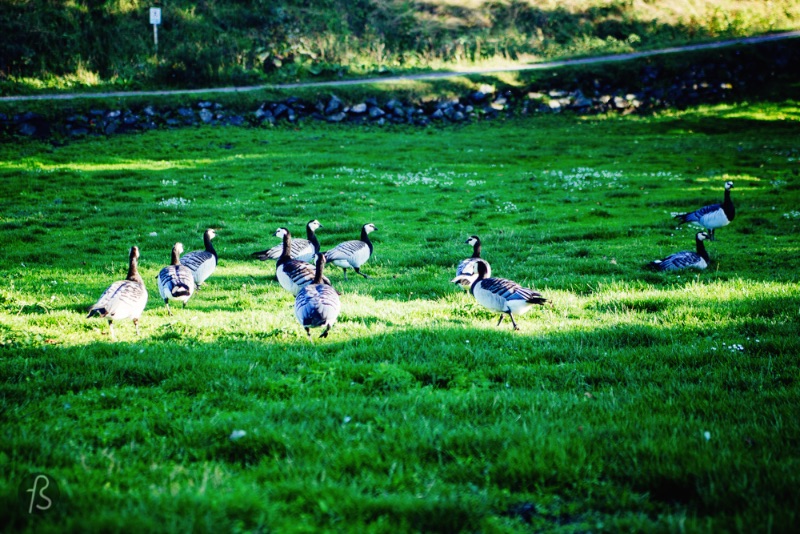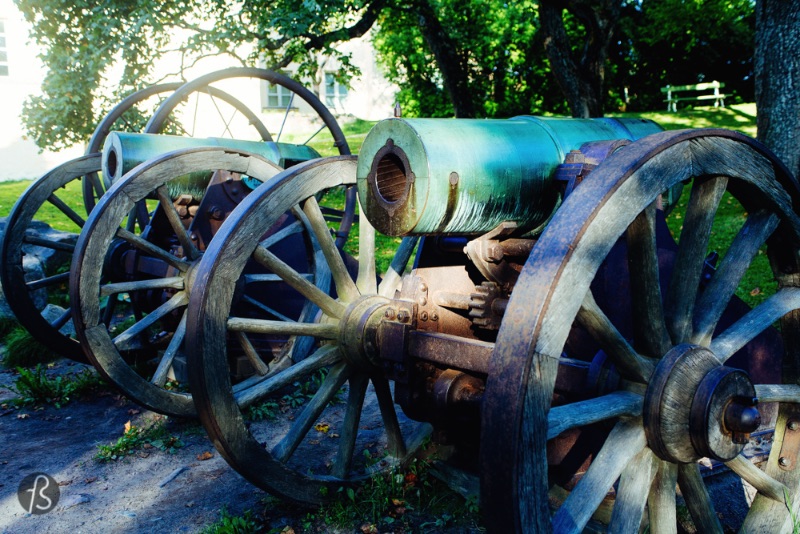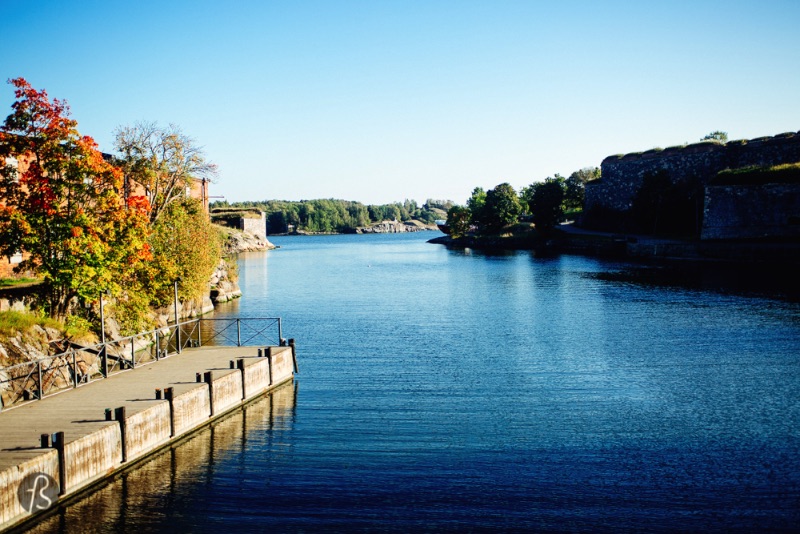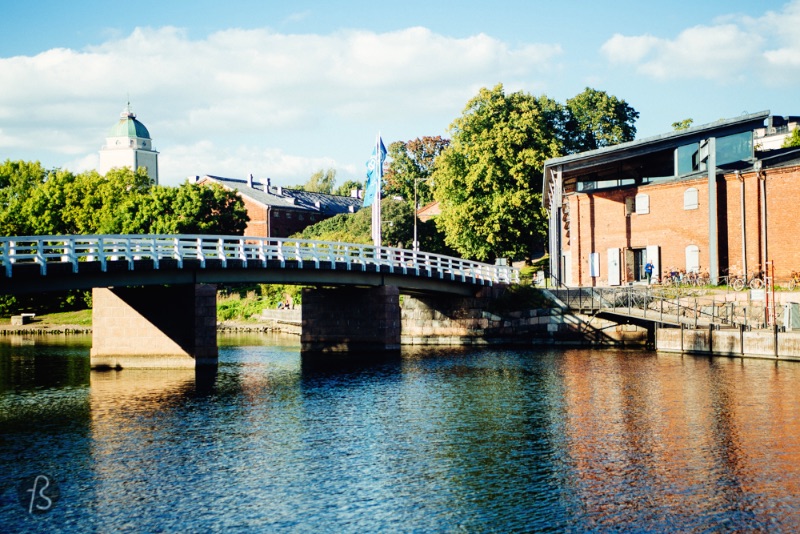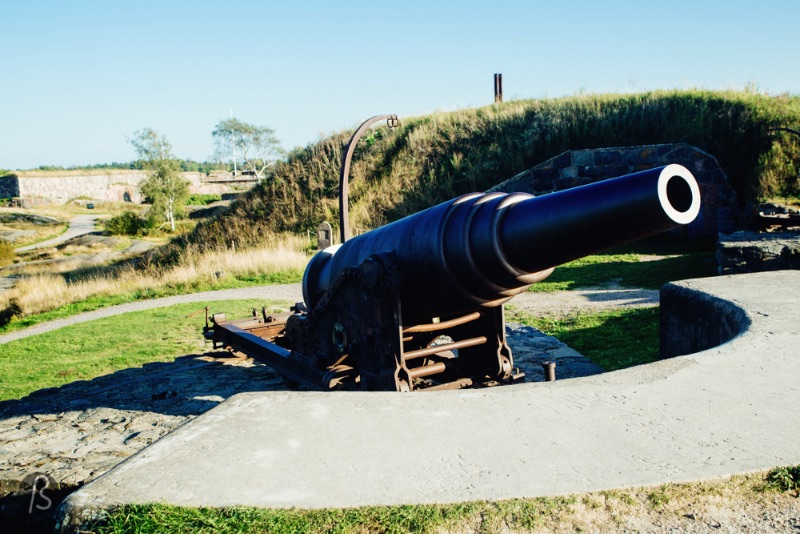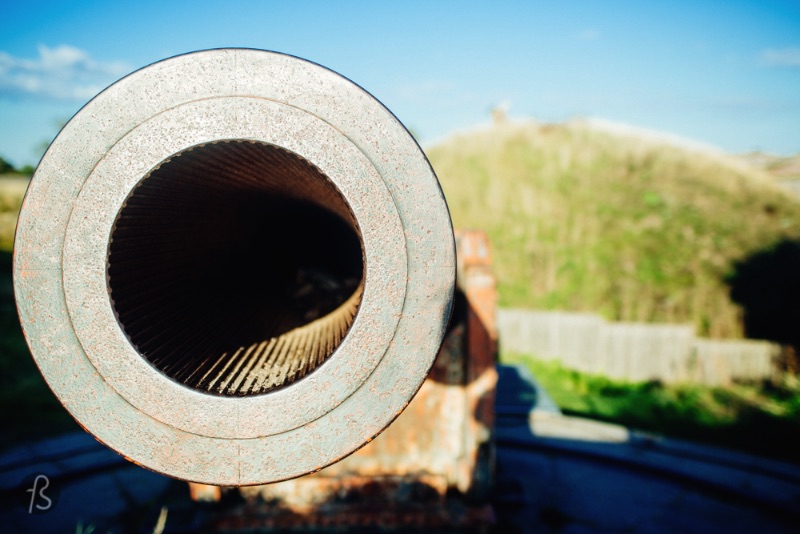Explore the fascinating fortress of Suomenlinna in Helsinki. Discover its rich history and stunning architecture while strolling through its picturesque landscapes. Immerse yourself in the charm of this UNESCO World Heritage Site, where old-world charm meets natural beauty.
Plan your visit to Suomenlinna today and experience the magic of this historic Finnish gem.
Founded in 1748, Suomenlinna is one of the biggest sea fortresses in the world. It became Finland’s most popular attraction, built by Augustin Ehrensvärd by the Swedish crown as a protection against Russian expansionism.
Also, it was included in the UNESCO World Heritage List in 1991 as a unique example of military architecture.
Suomenlinna was built on top of six islands (Kustaanmiekka, Susisaari, Iso-Mustasaari, Pikku-Mustasaari, Länsi-Mustasaari, and Långören) and, since 1973, has been administrated by civilians.
As you walk around the islands you can see that, even though it belongs to Helsinki, it has this unique feeling to it.
Almost a thousand people live on the islands, and 350 people work there year around. This fortress is not just a museum; this is a living community.
Suomenlinna is known as an unusual location for culture. The Nordic Arts Centre was established on the islands in the middle of the 1980s and led to an artistic presence there.
Nowadays, several buildings there have been converted into studios. During the summer, there is an art school for kids, and you can catch theater performances that draw quite a crowd.
Fortress of Suomenlinna – UNESCO World Heritage site
Whenever a place becomes a UNESCO World Heritage site, it becomes a common property of all humanity. Therefore, protecting it becomes a shared responsibility of all countries. Suomenlinna is one of these places, and it was listed in 1991 as a way of preserving it for future generations as an example of how an 18th-century sea fortress used to look in Europe.
If you are looking for a place to stay in Helsinki, look no further since we have some options: Scandic Paasi, Radisson Blu Plaza, and Radisson Blu Seaside.
What to do at Suomenlinna
Suomenlinna is meant to be seen on foot, and since most of its roads are paved with cobblestones, we advise you to wear comfortable shoes. You will need it!
The first thing you must do when you get to Suomenlinna is find the Suomenlinna Visitors’ Centre. There you will be able to grab a map and see where are the main spots on this island. There are also some guided tours; you can learn more about them at the Visitors’ Centre.
When we were there in September 2014, we followed the blue route. This route runs north to south via the main sights, a little over 1500 meters. If you follow it, you will see the Russian merchants’ quarter, Church Park, Great Courtyard, Piper’s Park, and the fortifications of Kustaanmiekka.
Even though we didn’t visit museums, six are on the island. The Suomenlinna Museum shows the fortress’s history, restoration, and present state, and it’s open the entire year. The others are only open during the summer years. What seems to be more interesting for you is the Military Museum’s Manege and the submarine Vesikko, a Second World War submarine used during the war.
There are also some cafés, restaurants and even a brewery on Suomenlinna. Most of them are only open during the summer months, and you can learn which ones are open when you reach the Suomenlinna Visitors’ Centre.
How to get to Suomenlinna
The only way to get to Suomenlinna is by water. There is a ferry that runs between the Market Square in Helsinki and the island throughout the year. This is how we got there, and the views were amazing!
Now, a little of Suomenlinna’s History
The fortress of Suomenlinna is a special place. It has served in defense of three different countries: Sweden, Russia, and Finland. The history of this fortress is split into these three pretty different eras, and you can learn everything about it below.
Suomenlinna under Swedish Rule – from 1748 to 1808
After the Great Northern War and the Russo-Swedish War, Sweden realized that the Russian Empire could easily overtake its forces in Finland. Based on this, Augustin Ehrensvärd was tasked with building a gigantic fortification to protect Helsinki from Russian ships.
The fortress was first named Sveaborg, after Sweden’s female personification. Its construction started in 1748 on the Susiluodot islands off Helsinki but was never quite finished. Even though they had over 7,000 people working on the fortress by 1755, Sweden’s constant participation in wars stopped the construction efforts. And, by the time of the Russo-Swedish War of 1788–1790, Sveaborg remained partially incomplete.
It wasn’t until 1808 that Sveaborg changed hands. Following a pact between Alexander I and Napoleon, the Russian Empire launched a campaign against Sweden and occupied Finland. Russian forces quickly took Helsinki. From the city, they started bombarding the fortress that, led by Carl Olof Cronstedt, surrendered in terms that remain unclear to this day.
Suomenlinna under Russian Rule – from 1808 to 1917
Viapori, the Finnish name for Suomenlinna back then, was a valued resource for the Russians. After the Swedish forces vacated it, much construction work started there. The sea fortress perimeter was expanded, and soldier barracks were built into the walls. Even an Orthodox garrison church, designed by Konstantin Ton, was established. He is responsible for the Cathedral of Christ the Saviour, the Grand Kremlin Palace, and the Kremlin Armoury in Moscow.
But the military importance of Viapori declined through the years, and the Crimean War shattered the long period of peace following the transfer of power. Russia was at war against the Ottoman Empire, and they weren’t alone. France and the United Kingdom were their allies and decided to engage Russia on two fronts.
Viapori was bombarded for 47 hours, and it was severely damaged. The Anglo-French fleet couldn’t defeat Russian guns, and they kept sailing for Saint Petersburg.
After the Crimean War, extensive restoration work began at Suomenlinna. But its importance continued to decline until the First World War broke out. Then, the Russians turned it into the Naval Fortress of Peter the Great, designed to protect Russia’s capital, Saint Petersburg.
Following the Russian revolution in 1918, the newly founded Finnish government took control of the fortress and renamed it Suomenlinna, the Castle of Finland.
Suomenlinna under Finnish Rule – 1918 to the present
When the Winter War broke out in 1939 against Soviet Russia, the Finnish forces stationed there included anti-aircraft and a submarine fleet. After the Continuation War, only a few military forces remained at Suomenlinna.
Since it was no longer considered practical as a military base, the Finnish Defense Forces announced they would vacate the sea fortress completely. In 1973, Suomenlinna was turned over to the civilian administration, and the only Defense Force still there was the Naval Academy.
To finish this article with something we learned during the research for this.
George R. R. Martin, the man behind Game of Thrones, wrote a short story about Suomenlinna’s surrender as a college student. You can find it in his book of short stories, Dreamsongs: Volume I.
Suomenlinna Sveaborg
Suomenlinna C 40
FI-00190 Suomenlinna, FINLAND
If you like what you read here, you should join us on our facebook group, follow us on Facebook andTwitter and, maybe, even our Flipboard Magazine. Or, subscribe to our newsletter!
If you like what you read here, you should join our Discord channel; there, you will find a place for open discussions about all the themes we talk about here, and it is a free space for you to share your questions, comments and suggestions.
If you are not a fan of the platform, you also can join us on our Facebook group or our Twitter and Instagram.
We usually post all the lovely images we see and do there, together with curating the best links of all World Wide Web. No joke!
Subscribe to our newsletter for discounts in hotels and photo gear, freebies and much more.
